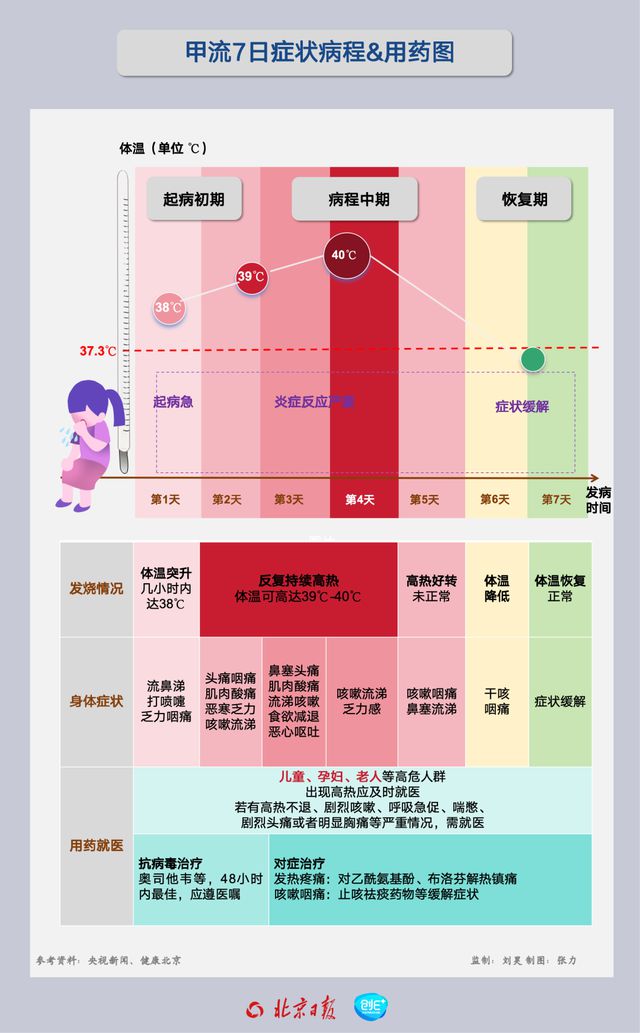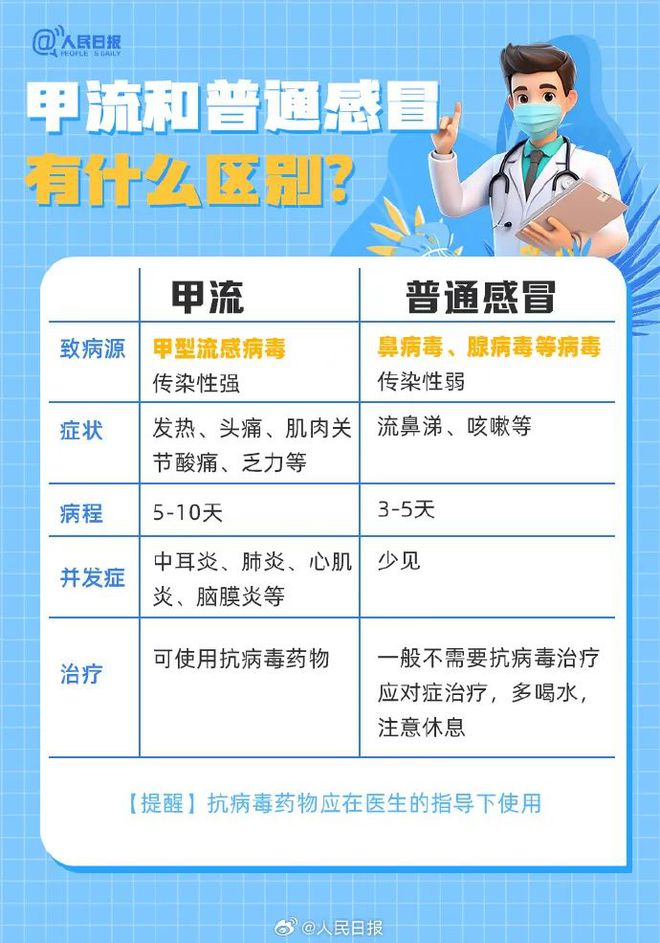流感病毒中的甲流病毒具有极强的传染性,是流感中最具威胁的一种病毒类型。甲流病毒通过空气飞沫传播,易感染人群广泛,传染速度快,易引起大规模流行。预防和控制甲流病毒的传播至关重要。
Title: The Infectious Power of Influenza A Virus: An Insightful Analysis of Application Data
In the realm of viruses, influenza A stands out as one of the most significant threats to global health. Its infectious power is unparalleled, and the recent surge in cases has made it a focal point of research and public concern. In this article, we delve into the application data surrounding the transmission of influenza A virus, with a focus on the remarkable contagiousness of the variant commonly known as "甲流".
The influenza A virus is a highly contagious agent that spreads through contact with respiratory secretions from an infected person. The transmission rate of this virus is influenced by several factors, including the viral strain, host factors, and environmental conditions. The specific variant known as "甲流" is particularly noteworthy for its high transmission rate and ability to adapt to new environments.
Application data provides valuable insights into the spread of influenza A virus. By analyzing data from past outbreaks and current cases, researchers can gain a better understanding of how the virus behaves and what measures are effective in mitigating its spread. For instance, data on the number of cases, the rate of hospitalization, and mortality rates offer crucial insights into the impact of the virus on a community.
Moreover, application data reveals patterns in transmission. Studies have shown that the spread of influenza A virus is influenced by factors such as social distancing, hygiene practices, and population density. By analyzing these patterns, public health officials can identify key strategies to mitigate the spread of the virus, such as implementing social distancing measures and promoting hygiene practices.
The infectious power of influenza A virus is further underscored by its genetic variation. The virus constantly evolves to adapt to new environments and evade the immune system. This genetic diversity poses a challenge for vaccine development and makes it crucial to monitor the spread of different strains through application data analysis.
In addition to genetic variation, the transmission rate of influenza A virus is also influenced by host factors. Individuals with weakened immune systems are more susceptible to infection and may play a crucial role in spreading the virus within a community. Application data reveals patterns in infection rates among different age groups and population segments, enabling targeted interventions to mitigate the spread.
In conclusion, the infectious power of influenza A virus, particularly the variant known as "甲流," highlights the importance of analyzing application data. Understanding patterns in transmission, genetic variation, and host factors can help mitigate the spread and impact of this virus on global health. With continued research and analysis, we can develop effective strategies to combat this formidable threat and protect our communities from its devastating effects.





 鲁ICP备18052985号-1
鲁ICP备18052985号-1 鲁ICP备18052985号-1
鲁ICP备18052985号-1
还没有评论,来说两句吧...